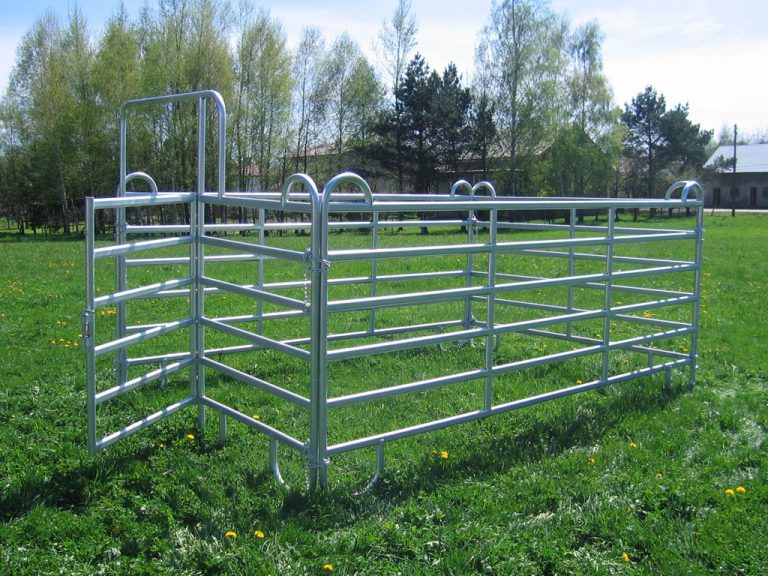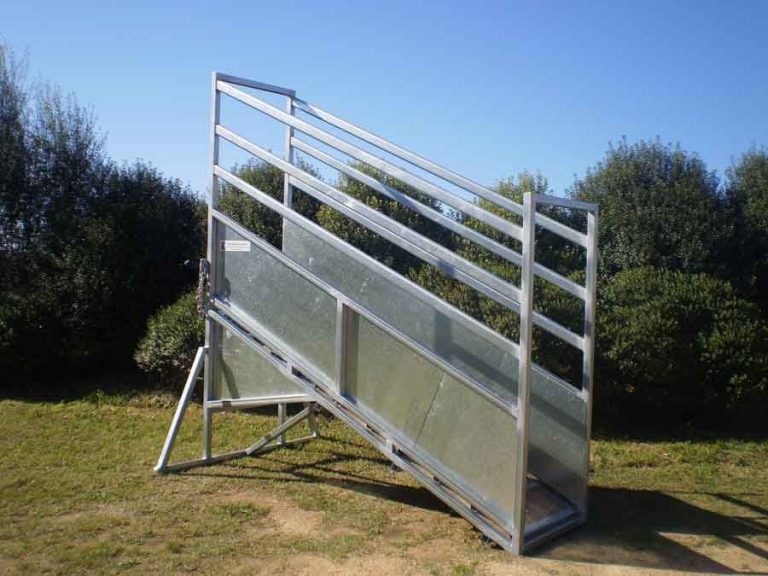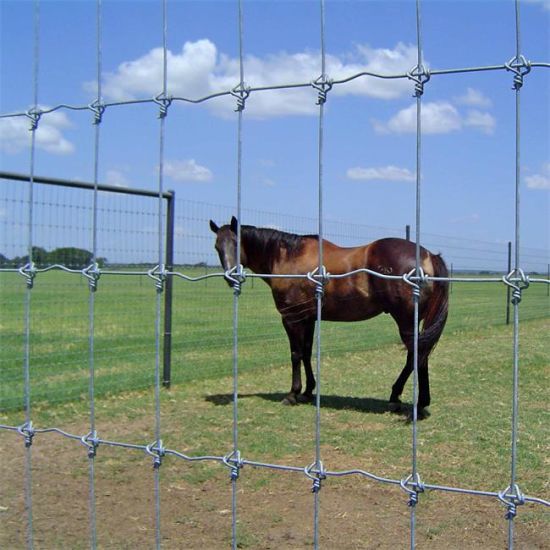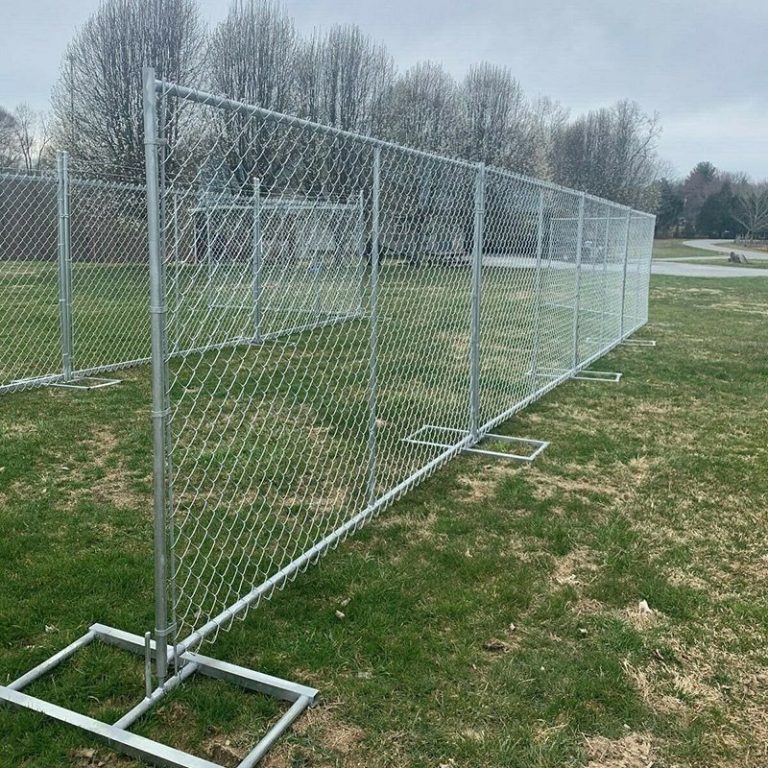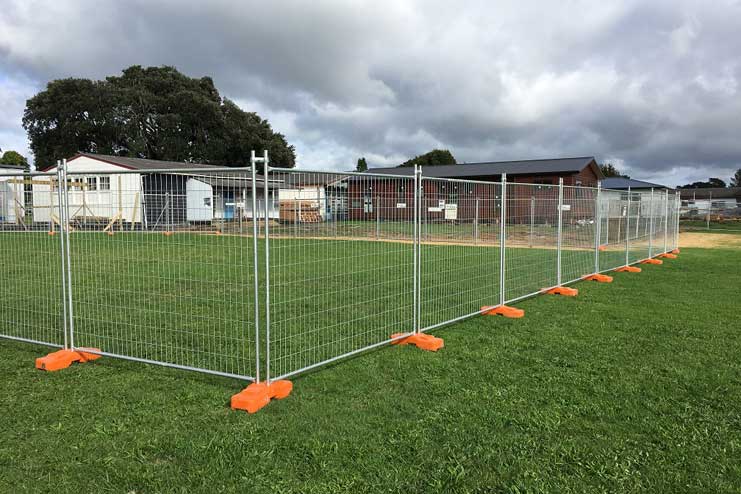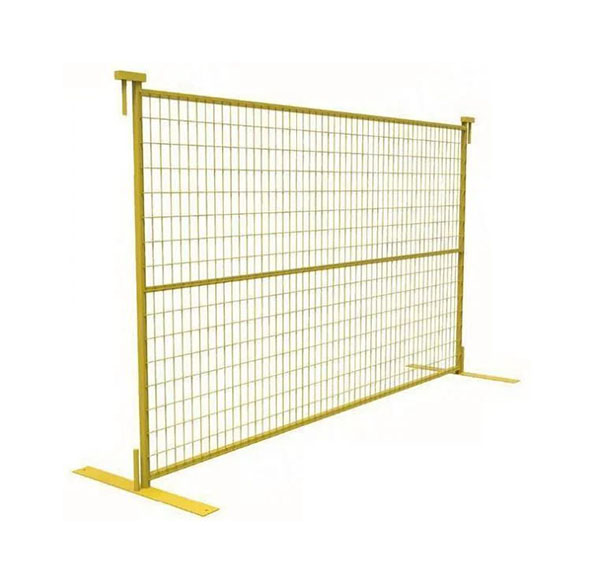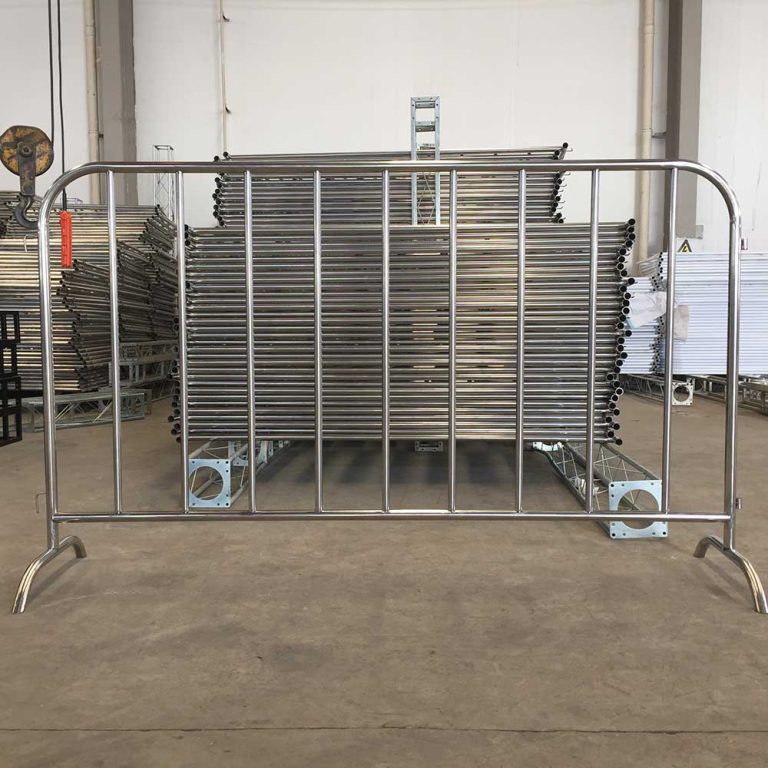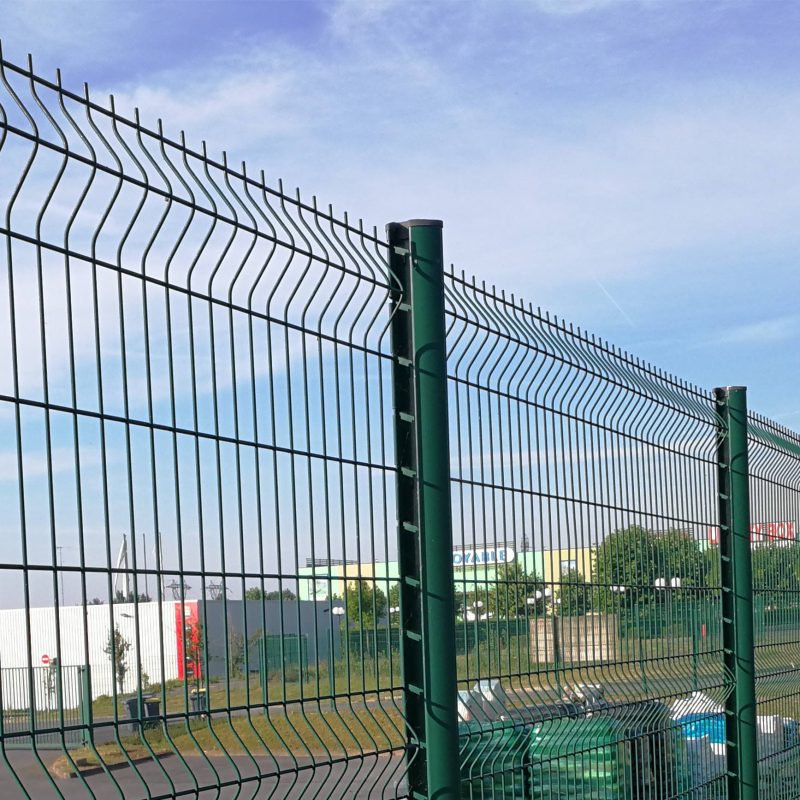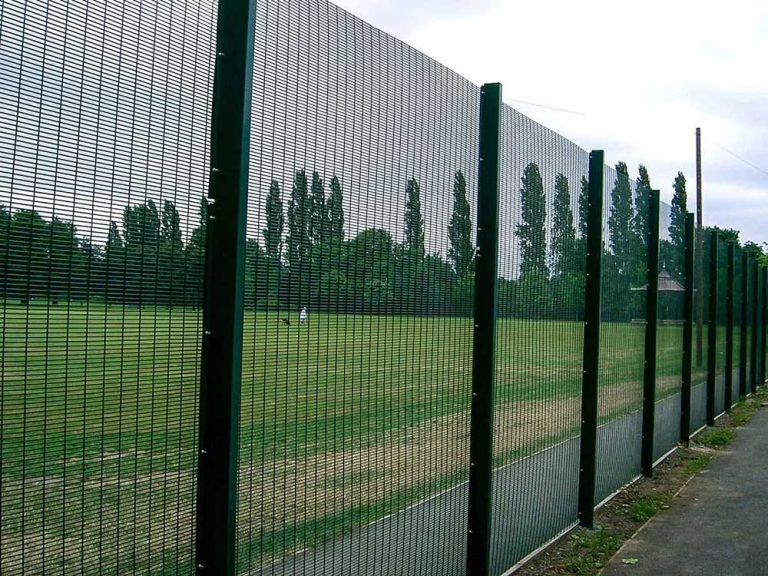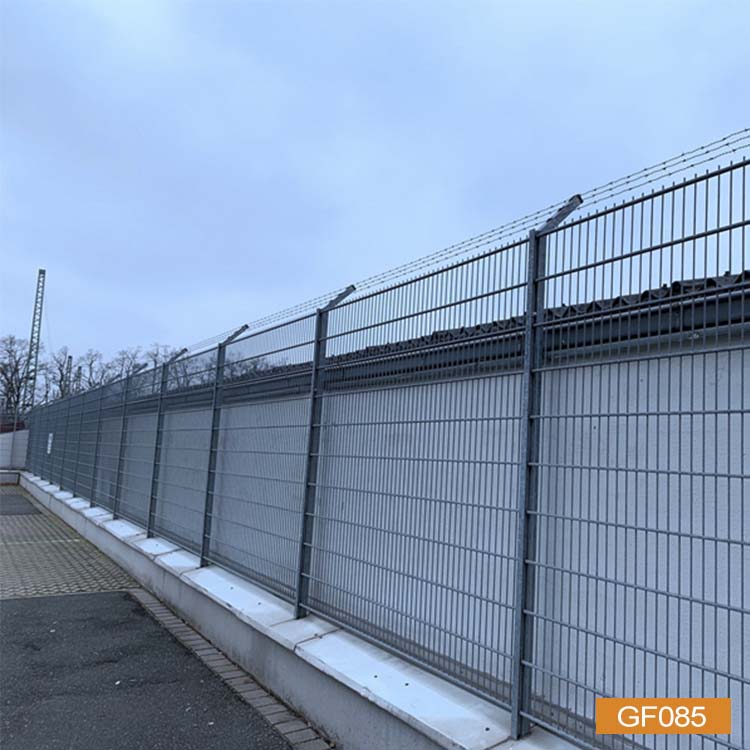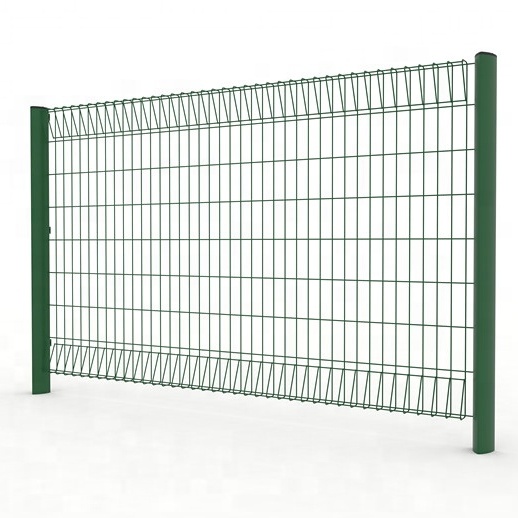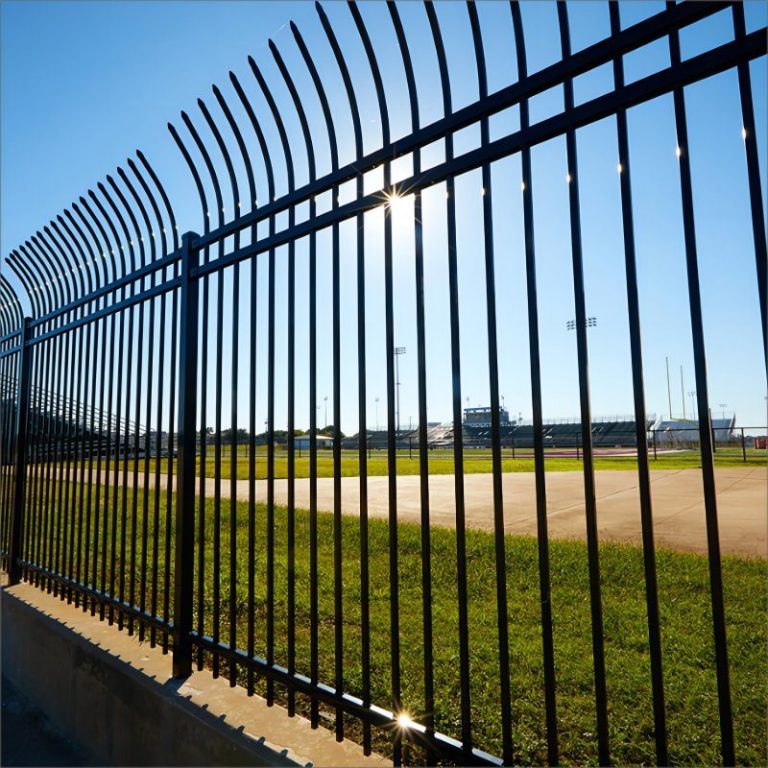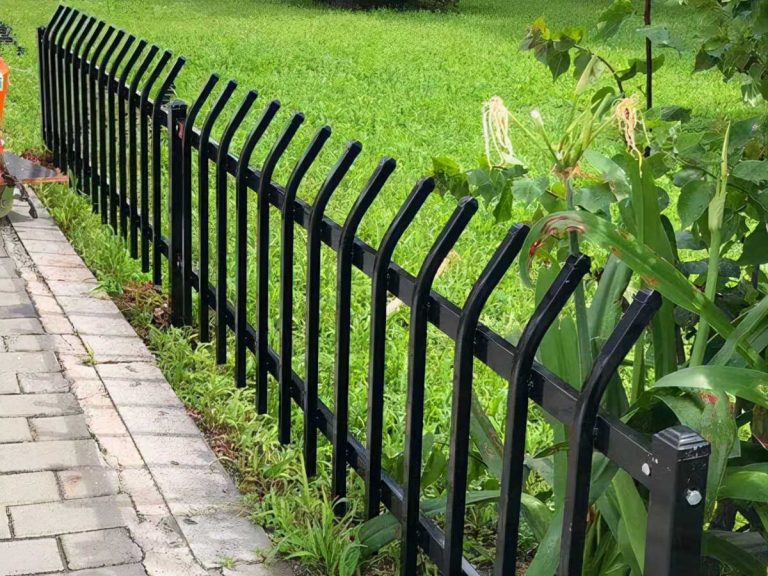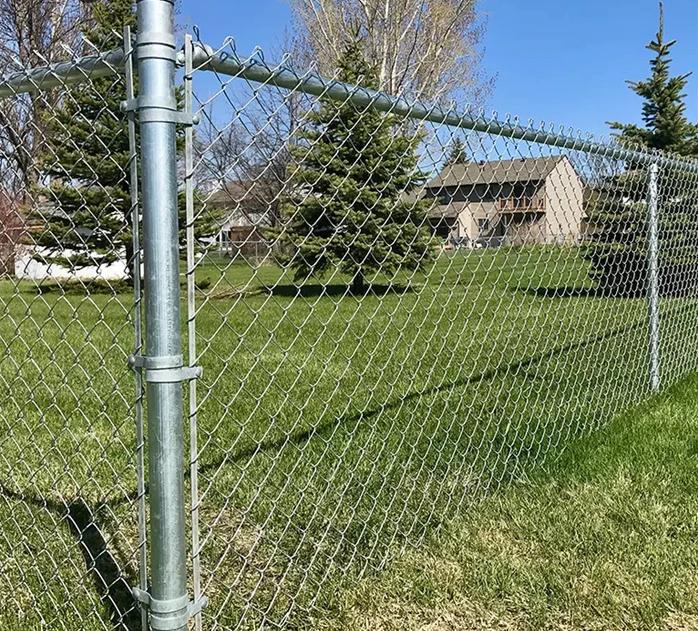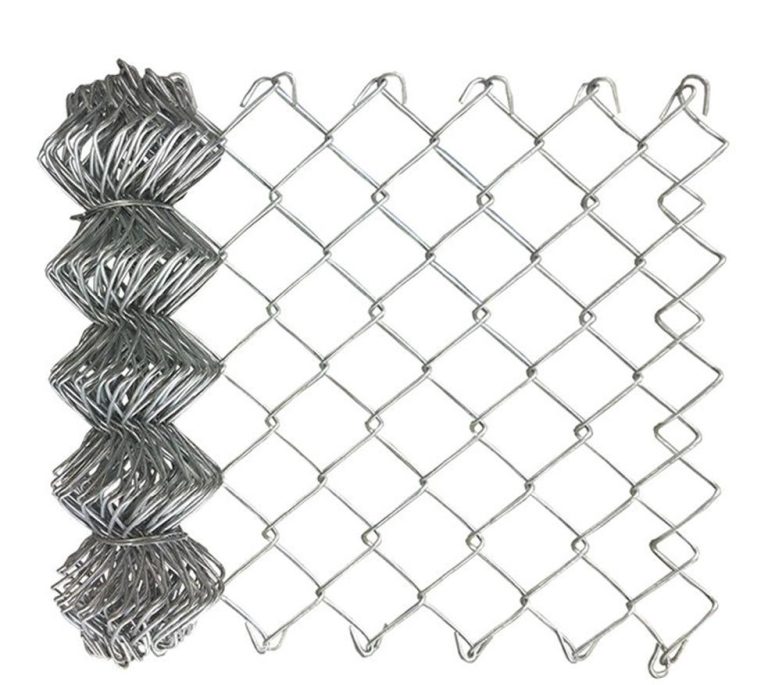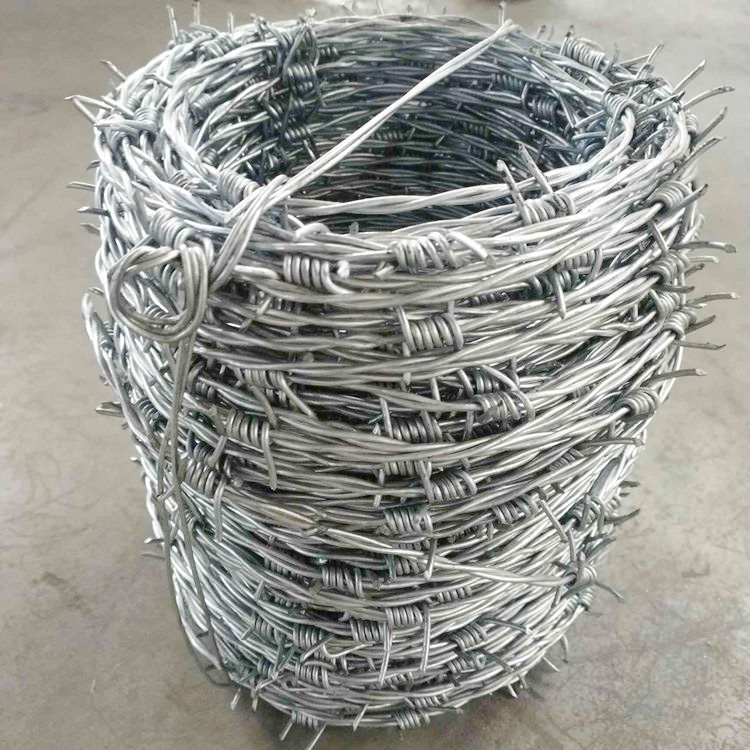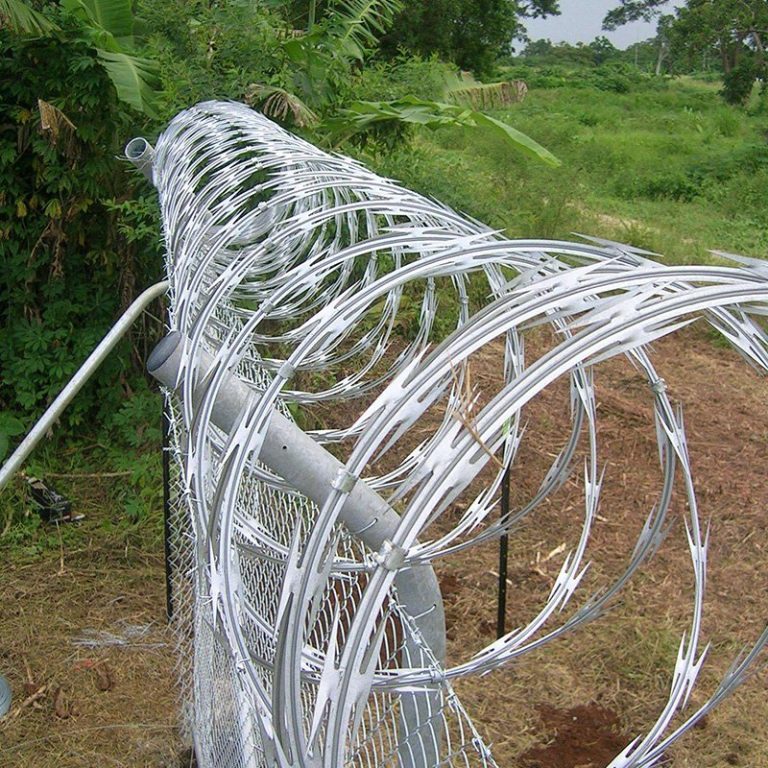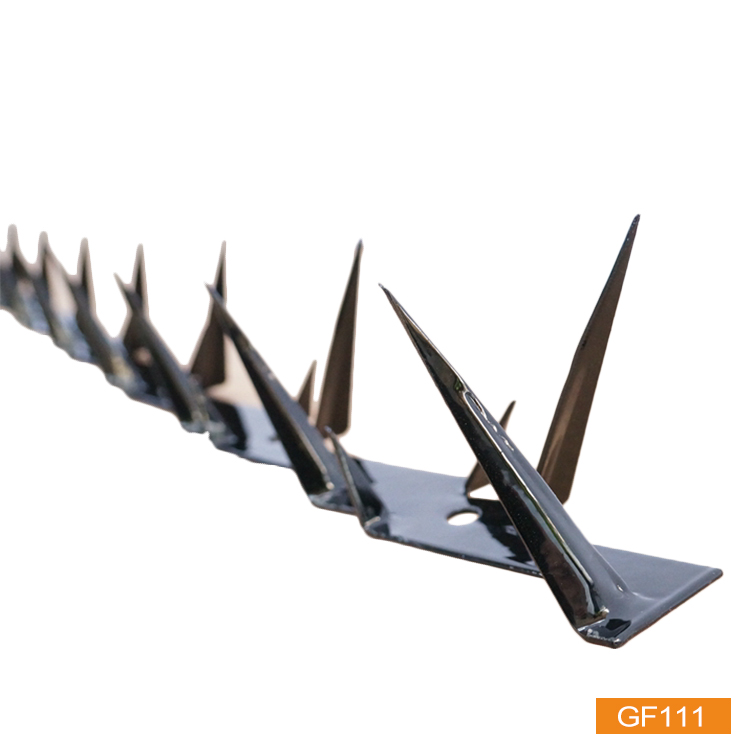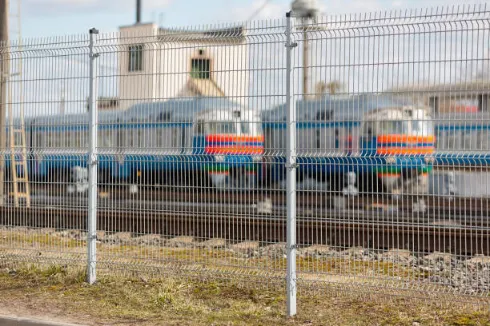
Introduction
Railways are like the backbone of travel and trade. They carry loads of people and goods every day, tying together towns, regions, and companies. With such a big role, keeping railway borders safe is super important. Open tracks can attract wanderers, thieves, or cause accidents, leading to pricey delays.
That’s where perimeter fencing for railways comes in strong. JiaHui Wire Mesh, a top notch maker in China, builds tough, safe fences just for railways. From simple chain link to high tech anti climb mesh, these fences follow global safety rules and stay solid for years.
Why Railway Perimeter Fencing Matters
Preventing Trespassing and Accidents
Railways often cut through busy neighborhoods or quiet fields. Without fences, folks or animals might stroll onto tracks. This can cause crashes or worse. A good fence stops unwanted visitors. It keeps accidents low and trains on time.
Protecting Infrastructure and Assets
Railways have signals, power boxes, and communication lines. These are easy targets for vandals or thieves. A strong railway security fence acts like a shield. It keeps intruders out and protects important equipment.
Ensuring Passenger and Worker Safety
Stations and work yards are bustling places. Clear fences set safe zones. They lower risks for travelers, workers, and repair crews. This setup makes everything safer and smoother.
Common Types of Fences Used Around Railways
Chain Link Fencing for Railways
Chain link fences are a favorite for railway edges. They’re cheap, quick to put up, and easy to mend. Galvanized or vinyl coated chain link wire fights rust and bad weather, lasting up to 30 years with care. For more safety, you can add smaller mesh, barbed wire, or buried foundations.
Welded Wire Mesh Railway Fences
Welded wire fences are stronger than chain link. Their tight joints stop tampering. You can choose mesh sizes based on how much security you need. They also look neat, so they’re great for city railways.
Palisade Fencing for High Security Areas
For spots needing extra protection, like depots, tunnels, or bridges, palisade fencing is the way to go. Its steel spikes, pointy tops, and anti climb design scare off intruders. It costs more than wire mesh, but its toughness makes it worth it.
Anti Climb Mesh for Critical Protection
Anti climb fences have super small openings, as tiny as 0.5 inches. These stop fingers, toes, or tools from getting through. They work great with cameras, resist tampering, and have double coatings for long lasting strength. For risky railway areas, they’re a top choice.
Barbed Wire and Additional Deterrents
In far off or rural spots, barbed wire works alone or on top of mesh fences. Razor wire coils, where allowed, add a scary barrier to keep people out.
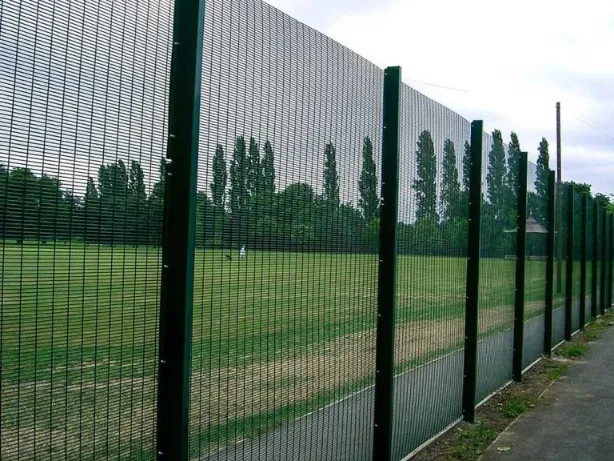
Key Features of Effective Railway Fencing
Anti Climb and Anti Cut Design
Great fences stop climbers and cutters. Anti climb mesh and palisade styles make it tough for intruders to get past.
Weather and Corrosion Resistance
Railway fences deal with rough weather, from hot sun to heavy rain. Hot dip galvanized and PVC coated steel wire fights rust, lasting over 20 years.
Compliance with Railway Safety Standards
Railway fences must meet strict rules like ASTM, EN, and BS standards. JiaHui Wire Mesh makes products that pass these tests, ensuring quality and global approval.
How to Choose the Right Perimeter Fence for Railways
Urban vs. Rural Environments
In cities, welded wire or anti climb mesh is liked for its strength and clean look. In rural areas, cheap chain link with barbed wire often works fine.
Budget vs. Security Level
Chain link is the least expensive. Palisade and anti climb mesh cost more but give better protection. Buyers should think about costs versus how much safety they need.
Long Term Maintenance and ROI
Low care options like galvanized chain link or powder coated welded mesh save money over time. They might cost more at first but pay off for years.
The Role of Professional Fence Manufacturers
Not all fences are made the same. Weak mesh or coatings can rust fast, causing unsafe borders and costly fixes. Picking a trusted maker like JiaHui Wire Mesh gives you:
Custom fences for railways, stations, and depots.
Tough coatings (galvanized, PVC, powder coated) to stop rust.
Expert help with setup for a perfect fit.
Know how in shipping worldwide, meeting global safety rules.
Future Trends in Railway Perimeter Security
Fencing is getting smarter with new tech and green ideas. Some cool changes include:
Smart Fencing Systems: Using sensors, AI cameras, and alarms.
Electric and Pulse Fences: Safe shocks with remote checks.
Modular and Scalable Designs: Easy to add or upgrade.
Eco Friendly Solutions: Solar powered fences and materials you can recycle for green railways.
Integration with Building Management Systems: Central control for stations and depots.
Conclusion
Railways need super strong security. From stopping accidents and wanderers to guarding important gear, perimeter fencing is a must have. With years of skill, JiaHui Wire Mesh offers top notch solutions, chain link, welded wire mesh, palisade, and anti climb fences, made to keep railway safety on track.
For railway bosses, builders, and planners, the right fencing partner makes all the difference. By picking JiaHui Wire Mesh, you get safety, rule following, and long lasting trust.
FAQs about Railway Perimeter Fencing
Q1: What type of fencing is most commonly used for railways?
Chain link fencing is liked for its low price and easy setup. But welded mesh and anti climb designs are used more in cities and risky spots.
Q2: How tall should railway perimeter fencing be?
Railway fences are usually 1.8 to 2.4 meters tall, depending on the place and rules. High risk areas might need taller fences with anti climb features.
Q3: Can railway fences be customized for different terrains?
Yes. Flexible designs fit slopes, curves, and tough ground. JiaHui Wire Mesh makes custom options for hard railway projects.
Q4: What materials ensure the longest lifespan for railway fences?
Hot dip galvanized steel with PVC or powder coating fights rust best, lasting 20–30 years with little care.

